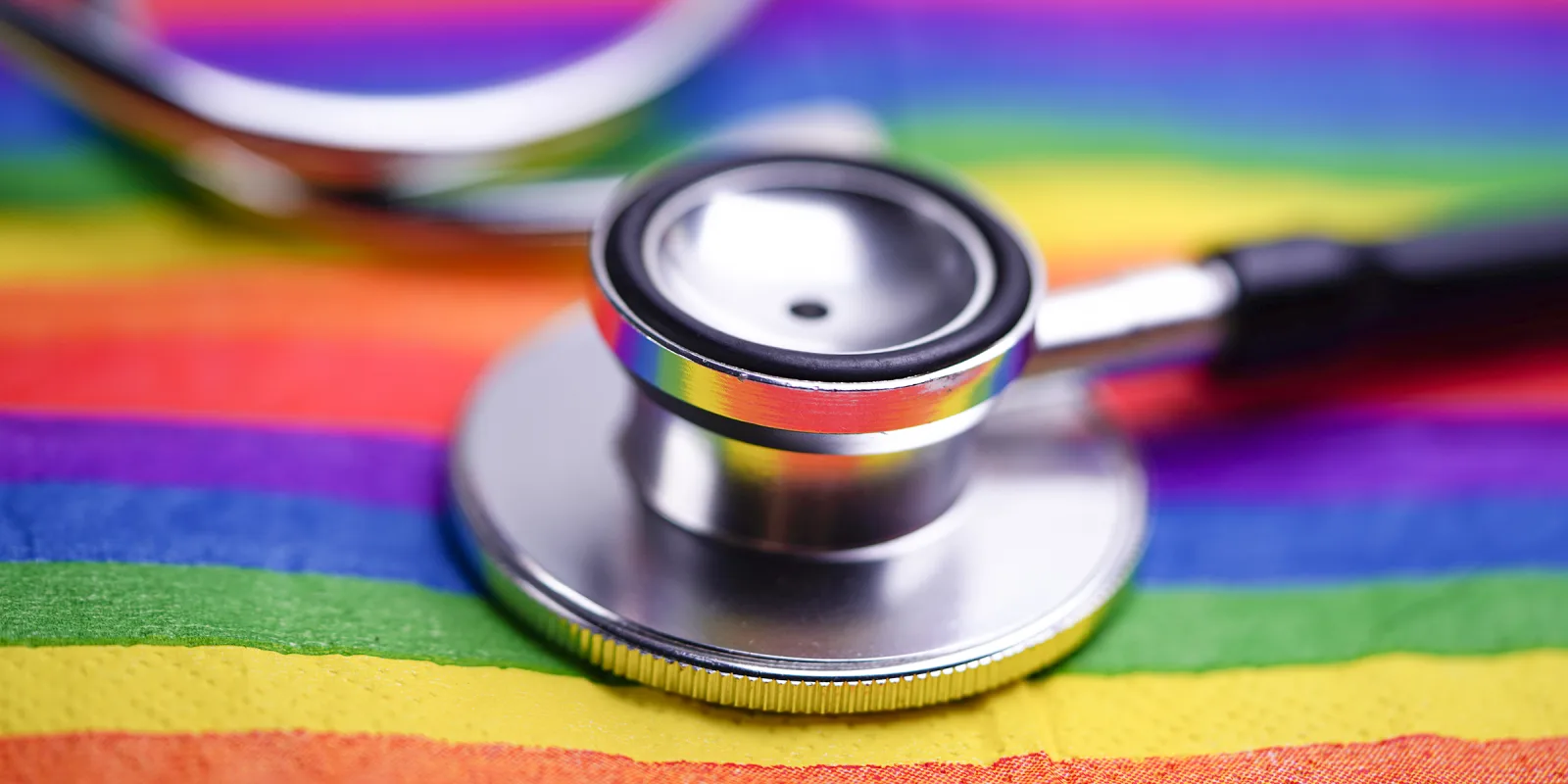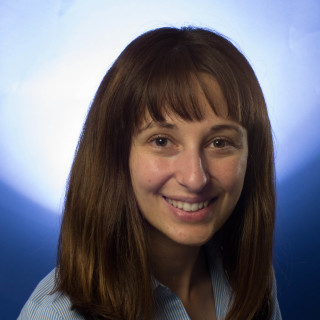My name is Alexis Smith, and I am a primary care physician for adults and children at a safety-net clinic in Los Angeles. I struggled with my LGBTQ identity as a teenager in the early 2000s. I rarely heard about LGBTQ people at home or in school, and what I did hear was usually negative. I recently learned that my home state of Arizona only repealed its “no promo homo” laws in 2019, which placed restrictions on discussing homosexuality in a positive manner in K-12 public school sexual education curriculum. This structural homophobia had significant consequences on my self-worth and caused me to feel marginalized and isolated.
Today, I am happy, partnered, and accepted in my community. There is movement toward national marriage equality, and there is more positive LGBTQ visibility in the media. Despite this progress, LGBTQ youth are still struggling with discrimination in a way that affects public health.
The Trevor Project, a national survey on LGBTQ youth mental health, found in 2020 that 40% of youth and more than half of transgender and nonbinary youth seriously considered suicide in the previous 12 months. And 68% of LGBTQ youth and over 75% of transgender and nonbinary youth reported symptoms of generalized anxiety disorder. What’s more, the amount of young people reaching out to the Trevor Project crisis centers has doubled during the COVID-19 pandemic.
I have had pediatric patients in my clinic tell me that they are nervous to reveal their sexual identities to family and friends. Many of these patients have mental health issues. According to a recent Human Rights Campaign survey, only 26% of LGBTQ teens “always feel safe” in their classrooms, and only 5% claimed their teachers and school staff are supportive of LGBTQ people. In addition, 67% stated they have heard family members make negative comments about LGBTQ people. It is clear that there is much more work that needs to be done, and we as clinicians have an important role in contributing to that work.
In medicine, there are opportunities to open the discussion about the existence and acceptance of LGBTQ people with parents. It’s even possible to frame such discussions in the cultural context. For example, a parent could explain to their child that a Disney prince or princess may have a same sex partner or be born as one sex but identify as another gender. If we do not teach about LGBTQ people when we teach about straight people, then we are implying that LGBTQ people are taboo or inferior. Teaching children at a young age may help LGBTQ youth feel more empowered to be proud of who they are. It may also help straight children become allies and stand up to bullying.
Generally, during pediatric well-child visits, clinicians have age-specific templates with anticipatory guidance. I believe many of these templates are insufficient at facilitating discussions with parents regarding talking to their children about sexual orientation and gender identity. For instance, many templates recommend anticipatory guidance about gender identity for children at 3 years of age and then not again until age 12. They also advise anticipatory guidance about sexual education from ages 4 through 11.
To fill this potential gap in education, I think the templates should encourage age-appropriate discussions about sexual orientation and gender identity from ages 3 through 11. As clinicians, we also need to educate ourselves on how to have discussions with parents when prompted by these templates, and we should encourage parents to have early discussions with their children about the existence and acceptance of LGBTQ people. I encourage pediatric offices to make available LGBTQ-inclusive children’s books and signs in their waiting rooms.
Finally, we need to stress the importance of respecting all children’s pronouns early on with families. Transgender and nonbinary youth who reported having pronouns respected by all or most people in their lives attempted suicide at half the rate of those who did not have their pronouns respected, according to the 2020 Trevor Project survey.
Let’s end the cycle of LGBTQ children growing up feeling inferior and having to rebuild their self-esteem as adults. Let’s reduce the bullying, feelings of isolation, and mental health issues. As medical professionals, let’s be the best allies we can to the next generations of LGBTQ youth. We owe it to them.
Have you recently provided health care services to LGBTQ youth? Share your experiences in the comment section below.
Alexis Smith is a primary care physician who treats adults and children at a safety-net clinic in Los Angeles. She also identifies as LGBTQ.







